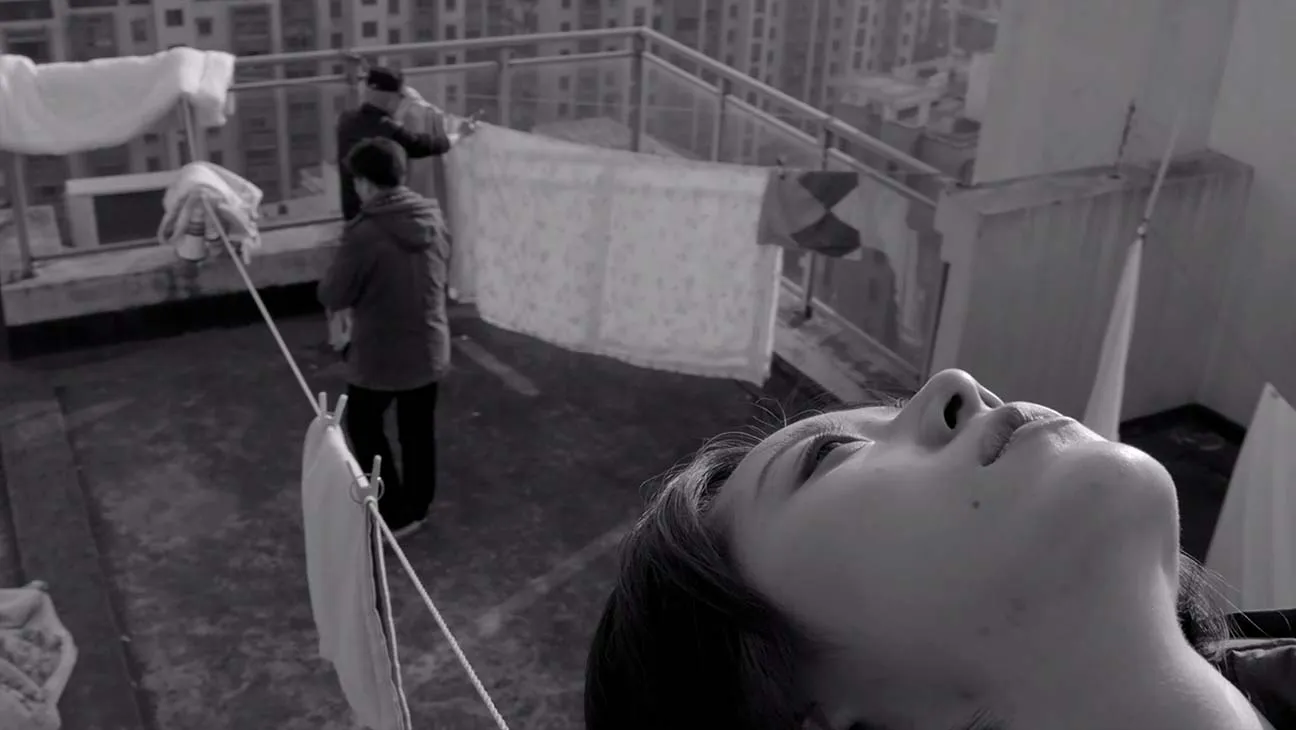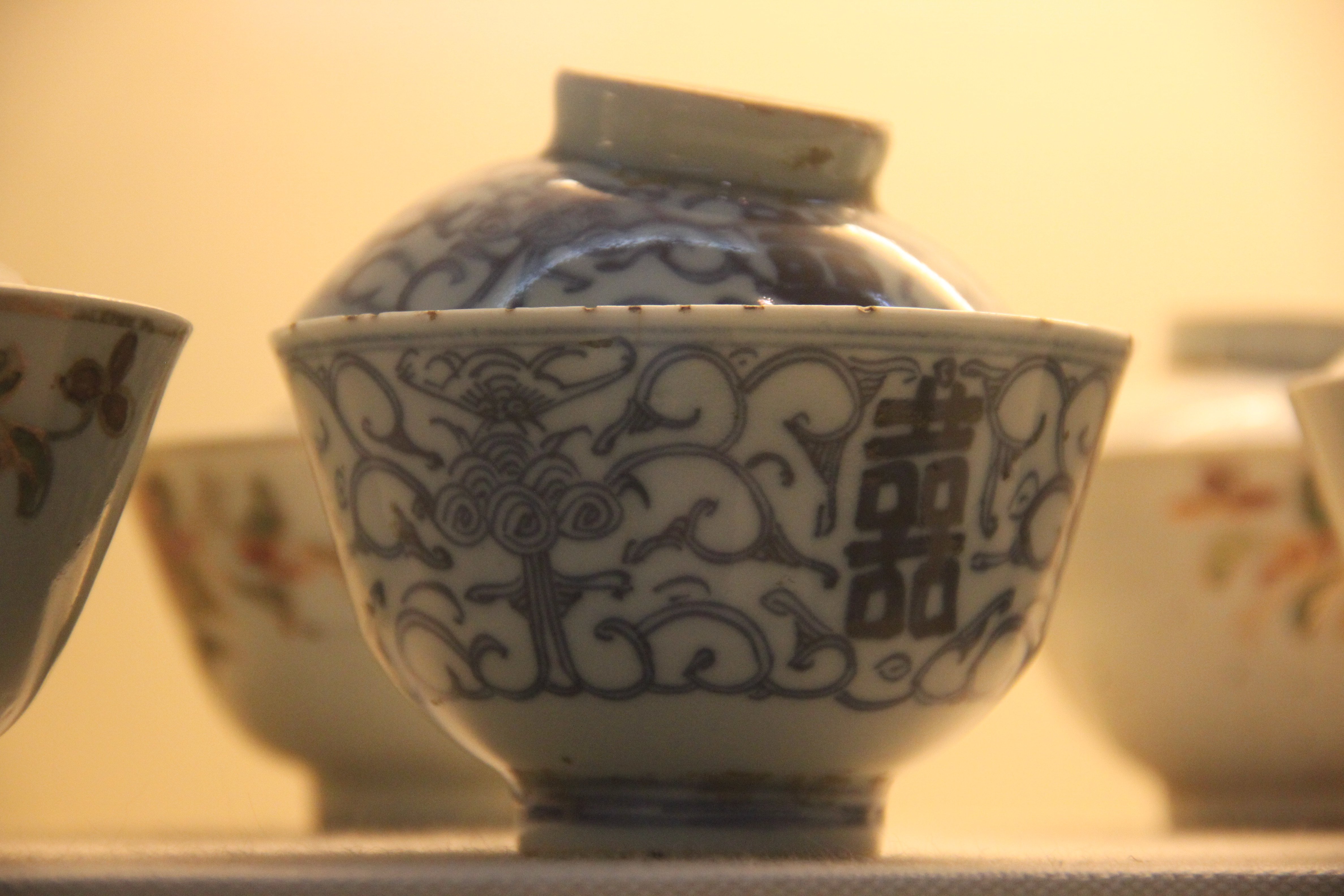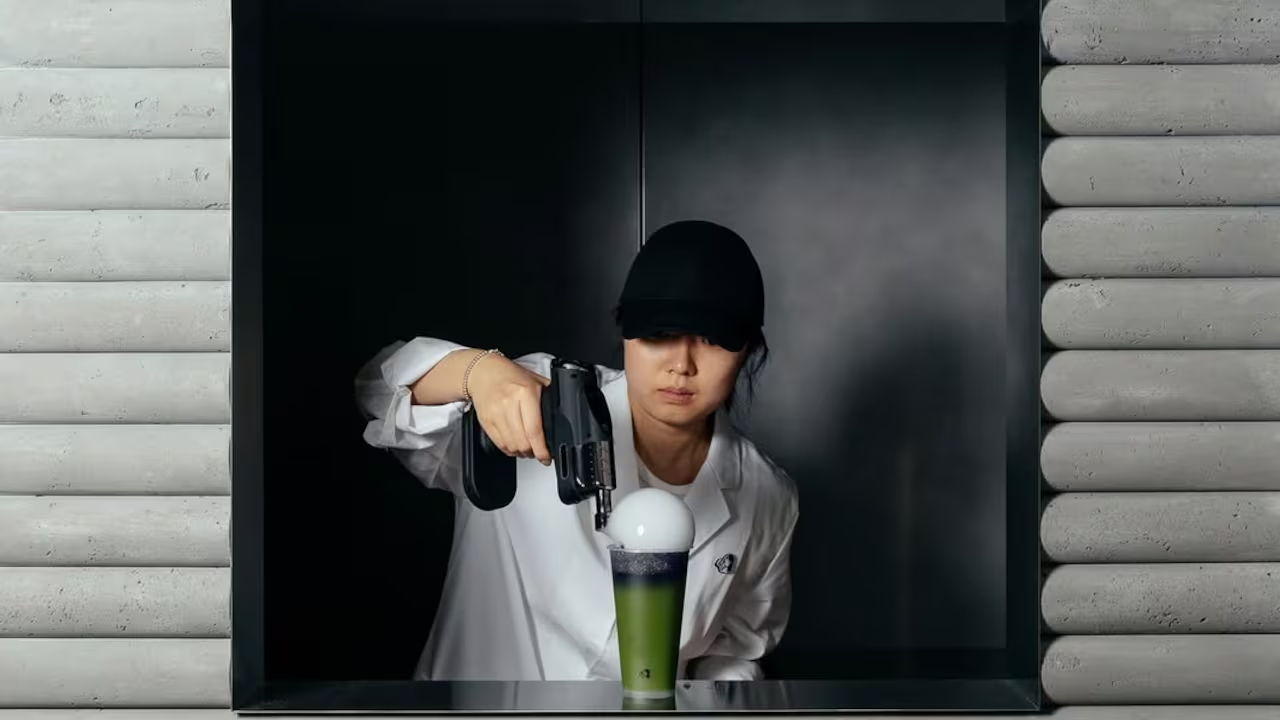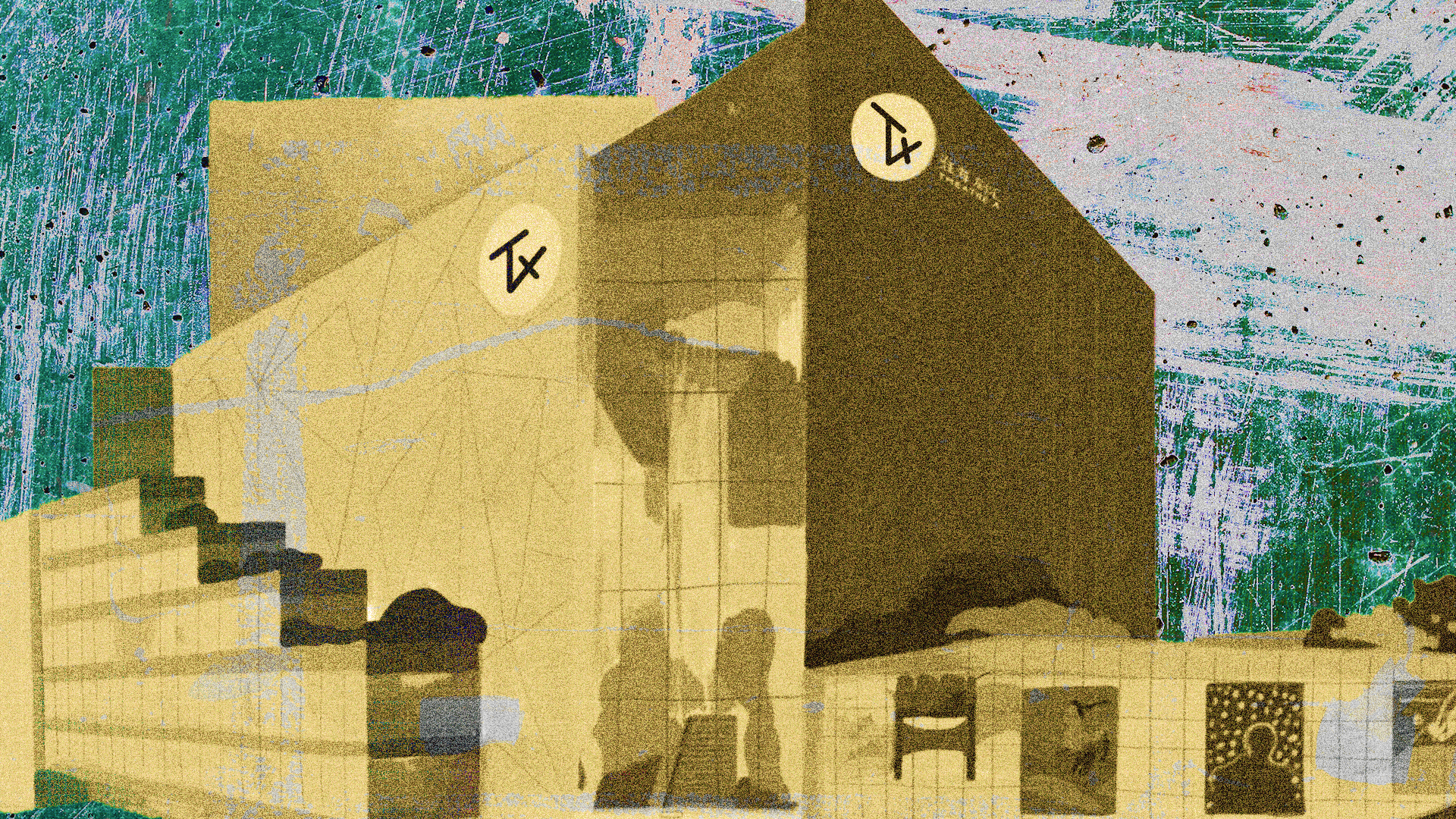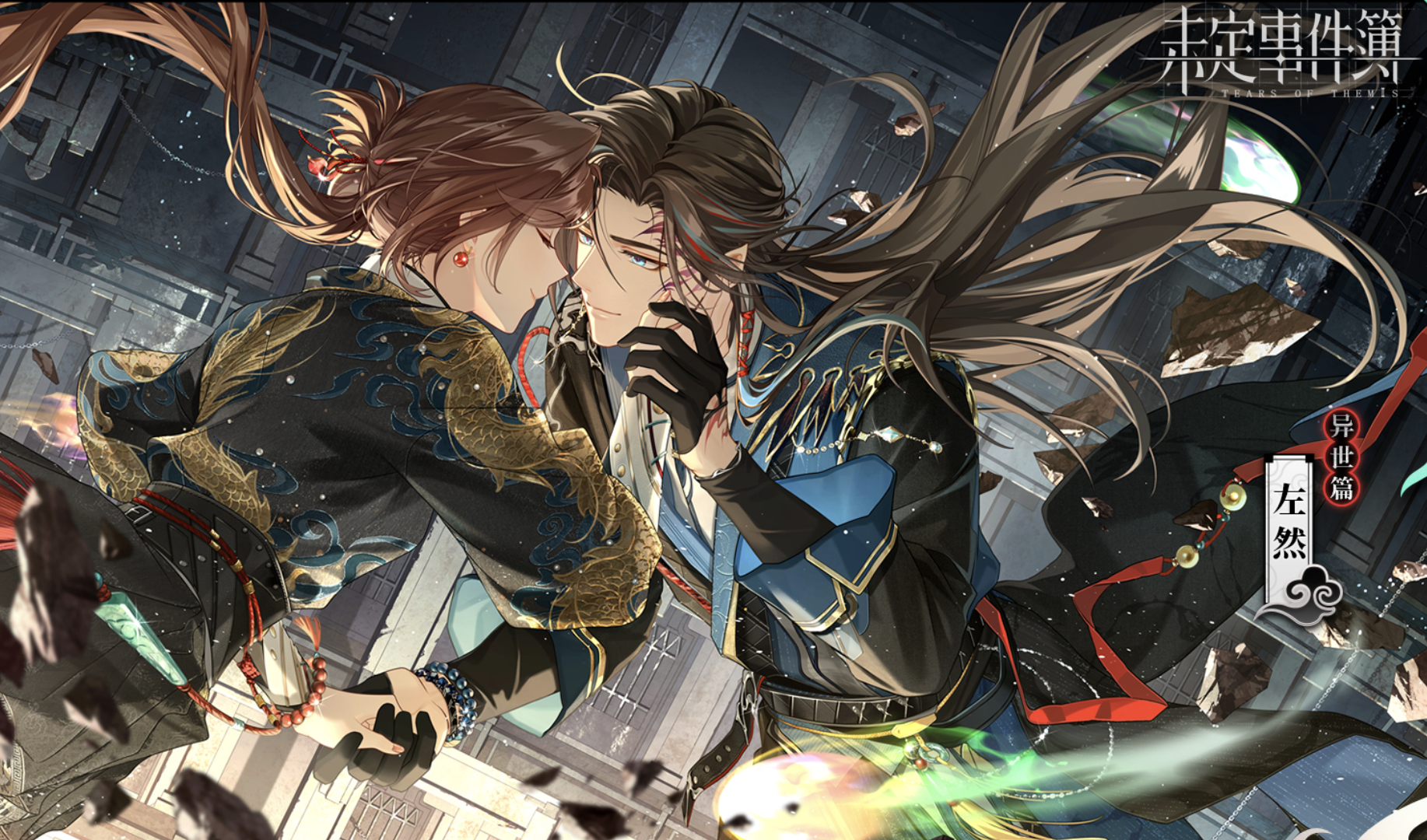Walk into a cafe in China, and there is a good chance you’ll find a matcha drink on the menu. But the green tea-based beverage, which has burgeoned in popularity throughout the last decade, now has a new iteration: Matcha sauce, or mocha jiang (抹茶酱) in Mandarin.

Matcha, in its most basic form, is a finely ground powder made from green tea leaves. Most commonly, it is mixed with water or milk. Matcha is traditionally consumed in East Asia, although the food item has spread worldwide in the past few years.
Recently, Chinese netizens have been sharing photos and videos of a different method of matcha consumption, in the form of a thick sauce. This sauce is typically eaten with toast, croissants, sandwiches, and other breakfast foods.

Some have created homemade recipes for the creamy matcha paste. One recipe, for example, calls for matcha powder, heavy cream, milk, and sugar to be condensed over low heat.
Others use a store-bought matcha spread. One famous brand online is called So Acai; their 130-gram ‘Crunchy Coconut Matcha Cashew Butter’ sells for 61.2 RMB (about 8 USD) on the ecommerce site Taobao, and shoppers purchased it more than 5,000 times last month.

The creation of matcha sauce is part of a larger trend of incorporating matcha into food items, from KitKats to crepes, ice cream, and smoothies.
The modern global matcha craze began in the 2010s when superfoods were all the rage. Matcha tea is considered a superfood for its high levels of antioxidants and nutrients, as well as its anti-inflammatory properties.
However, matcha has a storied history that dates back over a thousand years. It was first created in China during the Tang Dynasty (618–907 CE) and was brought to Japan in the 12th century, where it has flourished ever since.

Now — as in the rest of the world — matcha is enjoying a resurgence in China. On the Chinese lifestyle platform Xiaohongshu, the tag for matcha has a total of 76.8 million views.
An article by Xi’an Tourism Guide opines that the popularity of matcha is due to our “current fast-paced society, [where] there are very few people who make tea in a teapot.”
And the theory may be true: Matcha’s powdered format and foodstuffs like matcha sauce allow people to enjoy the flavor of green tea without waiting for tea to steep.

Matcha isn’t the only type of tea that is undergoing change. Chinese youths have begun modernizing traditional tea culture with innovations like tea-based cocktails and updated teahouses.
Cover image via the author; all other images via Xiaohongshu
